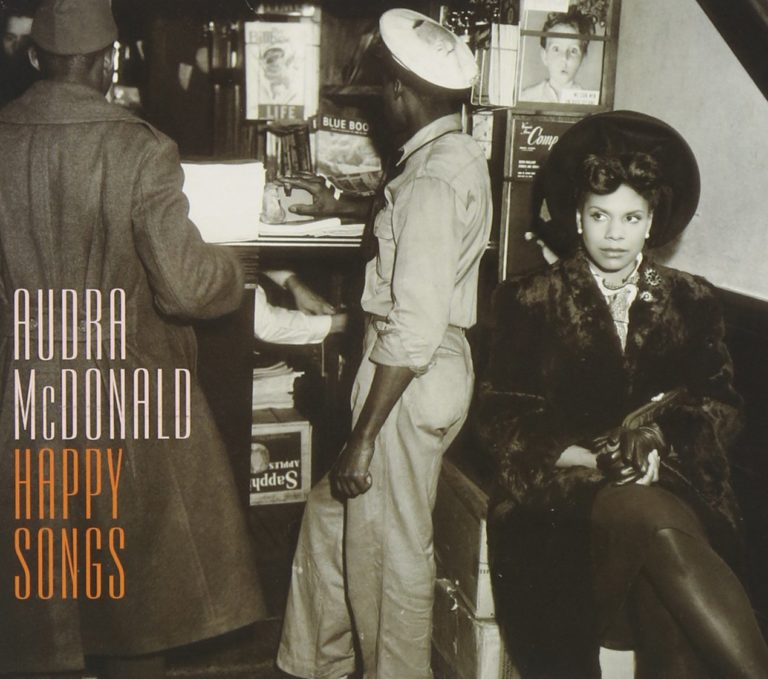When the news came that we would no longer be able to access the archives at the Schomburg Center for Research in Black Culture, a division of the New York Public Library, I thought, well, shit, now what am I going to do? I had really been looking forward to doing scholarly archival work within the confines of a purpose-driven project, as we were to do in this class. But really, part of the attraction was being able to go through “old things,” to sift through little pieces of history that make up the whole of whatever it is we know — or think we know. And whatever it is we think we know about the history that comes to us through storytellers and historians who, it must be admitted, often leave things out. Those things are left out are often kept in well-maintained archives by dedicated librarians and archivists whose vocation is the preservation of history and the details that inform it. They have the receipts — literally.
It took me a little bit to figure out what I would now do, and to what I would turn to for inspiration. It was while I was reading the original FIRE! that an answer came to me. I read the list of patrons included at the front of FIRE! and wondered “who are they, and what is THEIR story?” Maybe whatever I could find online would fill in the blanks here. Surely, there’s a story behind these names.
It was the list of patrons that eventually inspired the other projects I did. Essentially what I realized is that any artifact contains a story. This is obvious of course, but what I wanted to do was take something sort of “everyday” and see where it would lead. In the case here, I asked a list of patrons, an album by Audra McDonald, and a tweet by the Schomburg Center to tell me a story. I did not necessarily know what would unfold, or what story might be told, but that precisely is the point of archival research. Each artifact cast out strands to follow and I just followed the trail. This is particularly true with my Oscar Micheaux project.
Throughout my project, I have endeavored to center the archival material found, though I fill out my projects with links to other sites to provide background material. For example, when I present Nellie R. Bright in the patrons project, I provide a link to her Wikipedia page so that anyone who is reading can easily find out more if they are interested. This is a pattern I repeat across my three projects, in essence making my archival work a source for further reading. However, as I said above, the archival material is prioritized to tell “the story.”
I hope anyone reading these projects has as good a time reading them as I did working on them. Thanks for reading!




